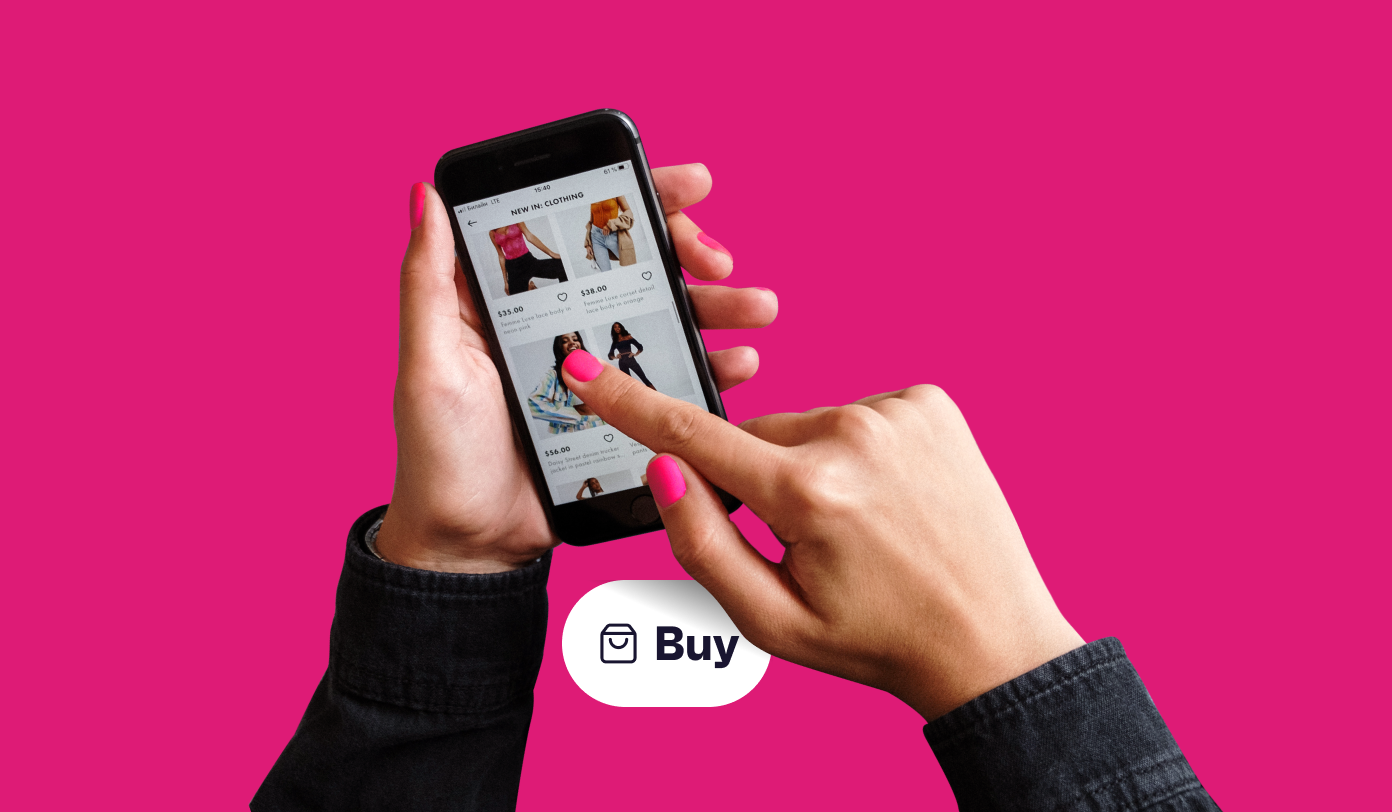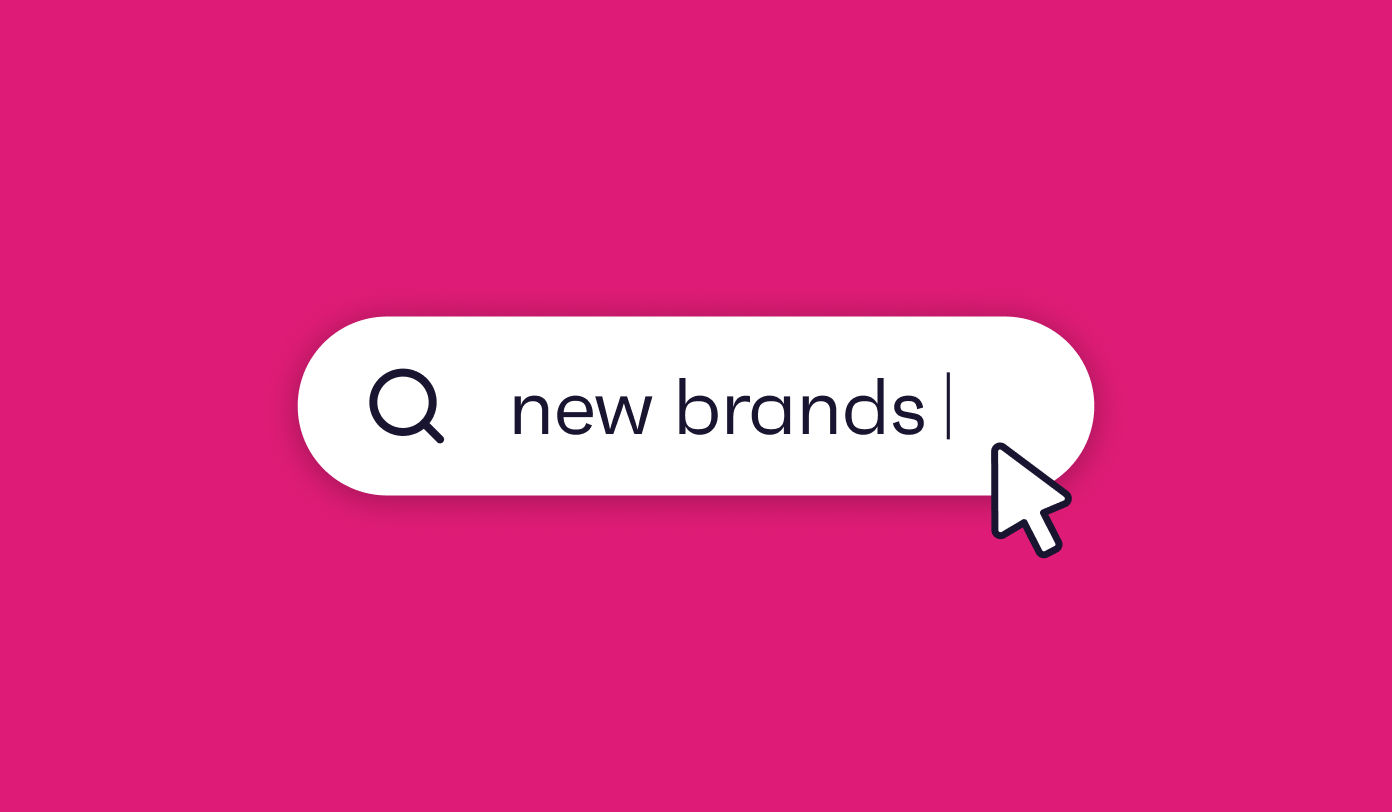“Brands get their value from how customers perceive them,” says David Reibstein, professor of marketing and branding expert at the University of Pennsylvania’s Wharton School.
As we continue to witness the rise and fall of some of the world’s leading brands, it’s clear that these perceptions are becoming harder to predict. Today’s fragmented new audiences are shaped by continuous change, and brands need to be every bit as agile in the way they communicate to their ever-changing target market.
Driving a successful ad campaign in this complex digital landscape has never been more of a challenge, with the rise of the ad-blocker adding more fuel to the fire and making the job harder for ads managers within brands and digital marketing agencies alike.
But advertising that works with the modern consumer is not impossible, and it begins with some simple steps that can better align your marketing strategy, and make your goals more achievable.
Here’s how you can get the most from your audience insights.
1. Stop Relying on Guesswork
Marketing and advertising professionals often have to rely on educated guesswork and instinct when it comes to strategy, from creating your marketing personas to deciding which channels to invest in – such as email advertising, digital ad networks, Facebook advertising, LinkedIn ads, YouTube pre-roll ads, digital partnerships and more.
But today’s landscape has evolved dramatically, and this approach no longer works as easily as it used to.
This is where detailed audience insights come into play, with in-depth data sets and detailed user / buyer personas representing many thousands of internet users across the world replacing this traditional reliance on intuition or guesswork.
These data-driven audience insights provide the real answers you need to select the right platforms for a campaign, allowing brands to respond effectively in an increasingly globalized world, and helping them to keep pace with evolving consumer needs.
For most brands that have fallen in popularity in recent years, their decline was spelt out in patterns of consumer behavior long before it became a reality, so staying clued into your audience at all times is well worth the investment.
“Don’t find customers for your product. Find products for your customers” – Seth Godin
2. Get to Know Your Audience
Any data set’s breadth is complemented by its depth of analysis – getting beyond the headlines to the more granular detail. This is also true for market research, and the methods you use to find out what makes your audience tick.
When tracked over time, this kind of in-depth data analysis helps you to identify clear trends and patterns in consumer behavior, from the adoption or rejection of new technologies, to shifting buyer or user attitudes and opinions.
Audience-centric marketing means harnessing that data-driven knowledge on your consumers to personalize your messaging in the most effective way.
For example, we know that 50% of consumers are now using private browsing windows, which points to the complex attitudes that people have when it comes to privacy and the protection of data.
These insights could help a marketing team to communicate the right message, in the right way, helping to successfully change consumer perceptions around data sharing.
“The aim of marketing is to know and understand the customer so well, the product or service fits him and sells itself.” – Peter Drucker
3. Map Your Message the Right Way
Data-driven insights are invaluable when it comes to figuring out where, when and how to communicate with your audience. And in the information age, where the average attention span of every consumer is gradually decreasing, this knowledge and ability to use audience insight tools is more powerful than ever.
Research by InSkin Media suggests an ad needs to be on screen for 14 seconds to have any chance of being noticed, yet only 42% of ads are looked at for even one second.
This also means beyond marketing, factors such as page size and load time come into play too.
Detailed insights into exactly where your consumer is at in their decision-making process can ensure that messages are adapted for maximum relevance and impact. This helps you to guide them along the funnel all the way from awareness through to purchase, with their needs, interests and perceptions in mind at every stage.
“Don’t tell me how good you make it; tell me how good it makes me when I use it.” – Leo Burnett
4. Elevate Your Voice Using the Right Channels
Whether via email lists or video ads on sites such as YouTube or Facebook, it’s not always easy to know which channels are the right ones for your audience, especially in this fragmented digital landscape.
Audience insights can help marketers to discover new platforms and mediums and to find out what really works for them, gaining considerable advantage over more flat-footed competitors.
Understanding these platforms and devices also offers more insight into the messaging and tone of of voice that will work best for each target audience.
Demographic data such as education level or device usage for services like Snapchat, for example, are synonymous with young users, so the messaging should be adapted accordingly (although our research into Snapchat users suggests this to be evolving fast).
With the market becoming ever-more difficult to predict as digital trends continue to rise and fall, and go well beyond page likes or number of people following a page, this raises huge opportunities and threats for all businesses trying to understand their audience loyalty and purchase behaviors.
To ensure your organization thrives in this era of constant change, marketers are playing a central role in keeping their brands in tune with existing consumer behaviors and seeking out new audiences in markets around the world.
“Think like a wise man but communicate in the language of the people” – William Butler Yeats
Putting insight first
For every business manager, marketing and advertising professional in this new landscape, understanding your audience can spell the difference between a campaign that fails, and one that succeeds.
Audience profiling data based on real insights is helping us move communications away from a traditional reliance on guesswork to a much more nuanced approach to marketing, because with the right type of audience insights, anything is possible.






.webp?width=495&height=317&name=pink_thumb_graphs%20(1).webp)
.webp?width=495&height=317&name=pink_thumb_letter%20(2).webp)
